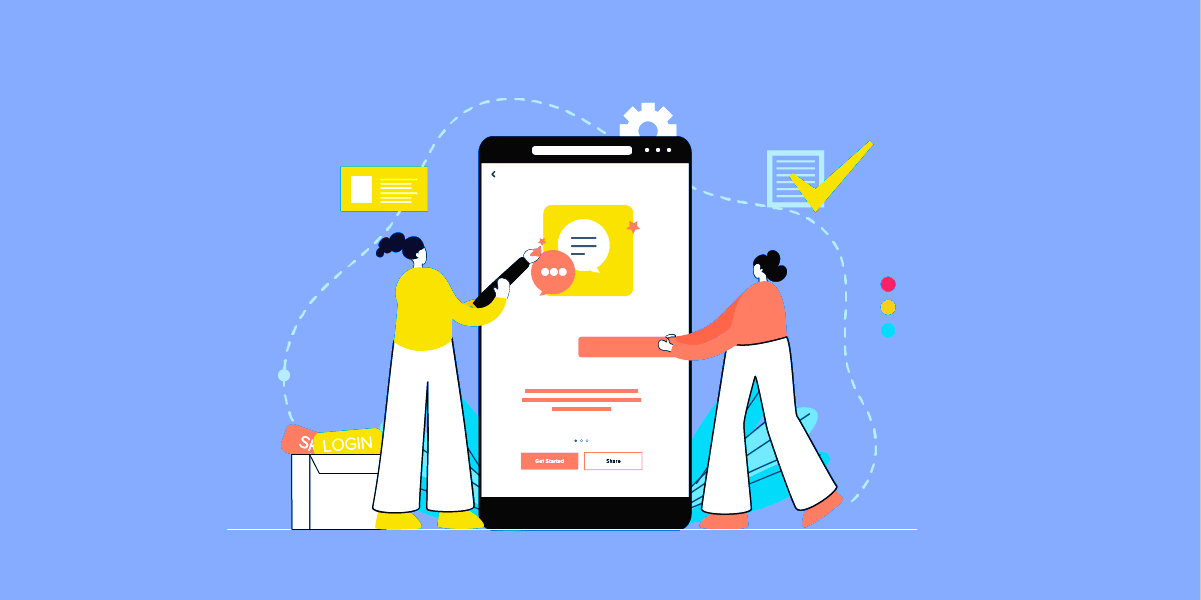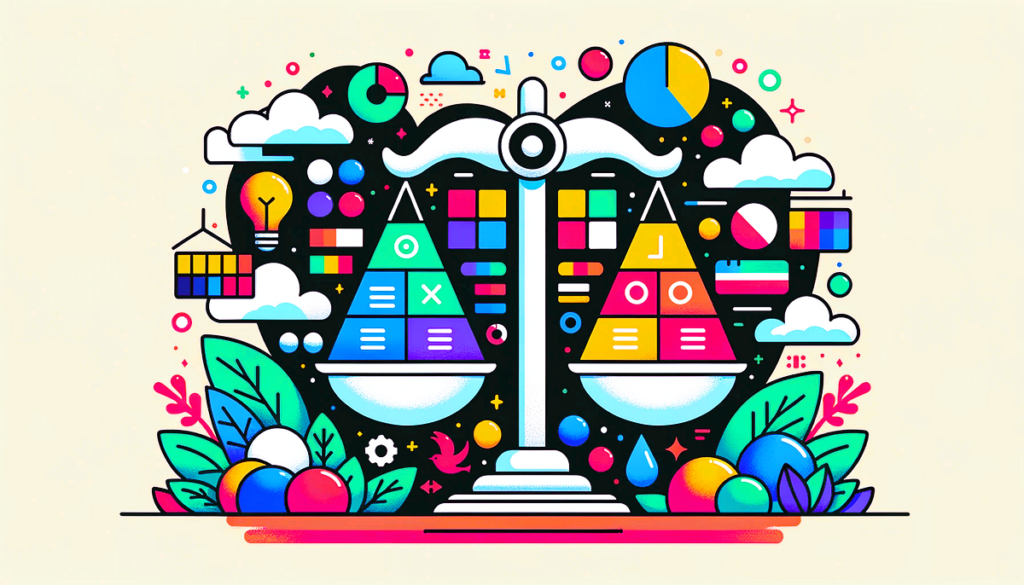In the competitive world of game development, the onboarding process plays a crucial role in retaining new players and ensuring they have a smooth transition into the game. Effective onboarding screens not only introduce players to the game’s mechanics but also set the tone for their overall experience. This article explores the principles of designing onboarding screens, best practices, and examples of successful implementations.
The Importance of Onboarding Screens
Onboarding screens are the first point of contact for new players with your game. They serve multiple purposes:
- Introduction to Mechanics: Onboarding screens teach players the basic mechanics of the game, including controls, objectives, and gameplay strategies.
- Setting Expectations: They help set expectations about what players can expect from the game in terms of difficulty, rewards, and progression.
- Engagement: Effective onboarding engages players right from the start, encouraging them to continue playing and explore the game further.
- Reducing Frustration: Proper onboarding reduces the learning curve and minimizes initial frustration, helping players feel more comfortable and invested in the game.
Principles of Effective Onboarding Design
- Clarity and Simplicity: The primary goal of onboarding is to make sure players understand how to play the game. Keep instructions clear and concise. Avoid overwhelming players with too much information at once. Break down complex mechanics into smaller, manageable steps.
- Interactive Tutorials: Interactive tutorials are more effective than passive instructions. Allow players to learn by doing rather than just reading or watching. This hands-on approach helps reinforce learning and makes it more engaging.
- Progressive Disclosure: Introduce game mechanics gradually. Start with the basics and progressively reveal more advanced features as players become more comfortable with the game. This approach prevents information overload and helps players learn at a manageable pace.
- Visual Appeal: Onboarding screens should be visually appealing and consistent with the game’s overall aesthetic. Use animations, illustrations, and design elements that align with the game’s theme to make the onboarding experience enjoyable and immersive.
- Feedback and Rewards: Provide immediate feedback and rewards for completing onboarding tasks. This positive reinforcement encourages players to continue engaging with the game and builds a sense of accomplishment.
- User Customization: Allow players to customize their onboarding experience if possible. This could include options to skip tutorials, adjust difficulty levels, or choose a preferred control scheme. Customization enhances player satisfaction and helps cater to different skill levels.
Best Practices for Designing Onboarding Screens

- Start with a Strong Hook: Begin the onboarding process with a compelling introduction that captures players’ interest. Highlight the unique aspects of the game and what makes it exciting.
- Use Tutorials and Tooltips: Incorporate tutorials and tooltips that appear contextually as players encounter new features. This method ensures that instructions are relevant and timely, enhancing the learning experience.
- Incorporate Storytelling: Weave onboarding instructions into the game’s narrative if possible. Story-driven onboarding helps immerse players in the game world while teaching them the necessary mechanics.
- Ensure Accessibility: Make sure your onboarding screens are accessible to all players. This includes providing options for different languages, accommodating colorblindness, and ensuring that text is legible and contrasts well with the background.
- Test and Iterate: Continuously test onboarding screens with real players to gather feedback and identify areas for improvement. Iteration is key to refining the onboarding experience and addressing any issues that may arise.
- Balance Depth and Brevity: Strive for a balance between providing enough information to be helpful and keeping the onboarding process concise. Avoid overwhelming players with too many details or long-winded explanations. Using Gamification in Game Development, Read Our Strategies and Benefits.
Examples of Successful Onboarding Screens
- Fortnite: Fortnite’s onboarding process is a great example of interactive tutorials and engaging design. The game uses a series of interactive challenges that teach players the basics of building, combat, and exploration. The tutorial is integrated seamlessly into the gameplay, ensuring that players learn by doing.
- League of Legends: League of Legends offers a combination of visual guides and interactive elements to introduce new players to the game’s mechanics. The onboarding process includes a guided tutorial that covers essential gameplay elements, followed by a series of progressively challenging missions.
- Pokémon GO: Pokémon GO effectively uses a blend of storytelling and interactive tutorials to onboard new players. The game introduces mechanics through an engaging narrative and provides immediate feedback and rewards for completing onboarding tasks.
Designing effective onboarding screens is essential for creating a positive first impression and ensuring that new players have a smooth and enjoyable experience. By focusing on clarity, interactivity, visual appeal, and gradual learning, developers can create onboarding experiences that engage players and set the stage for long-term enjoyment.
For additional insights into user interface design principles, including onboarding best practices, visit the Wikipedia page on User Interface Design. This resource provides a comprehensive overview of design practices that can be applied to enhance onboarding and overall game design.
By prioritizing effective onboarding, game developers can improve player retention and satisfaction, ultimately leading to a more successful and engaging game.




